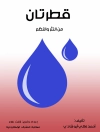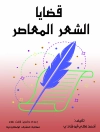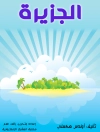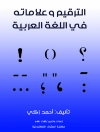This book investigates handwritten entertainment fiction (shouchaoben wenxue) which circulated clandestinely during the Chinese Cultural Revolution. Lena Henningsen’s analyses of exemplary stories and their variation across different manuscript copies brings to light the creativity of these readers-turned-copyists. Through copying, readers modified the stories and became secondary authors who reflected on the realities of the Cultural Revolution. Through an enquiry into actual reading practices as mapped in autobiographical accounts and into intertextual references within the stories, the book also positions manuscript fiction within the larger reading cosmos of the long 1970s. Henningsen analyzes the production, circulation and consumption of these texts, considering continuities across the alleged divide of the end of the Mao-era and the beginning of the reform period. The book further reveals how these texts achieved fruitful afterlives as re-published bestsellers or as adaptations into comic books or movies, continuing to shape the minds of their audience and the imaginations of the past.
Chapter 5 is available open access under a Creative Commons Attribution 4.0 International License via link.springer.com.
Table des matières
Chapter 1: Introduction.- Chapter 2: The writing and rewriting of an exemplary shouchaoben: Zhang Yang’s The Second Handshake during the Cultural Revolution.- Chapter 3: Texts on travel: stability across variation and secondary authorship in espionage shouchaoben fiction.- Chapter 4: Shouchaoben as literary avant-garde: Open Love Letters and Waves.- Chapter 5: Ways of reading: Cultural Revolution reading acts.- Chapter 6: World literature and intertextuality: reading acts in shouchaoben fiction.- Chapter 7: From underground into the mainstream: shouchaoben fiction on the commercial book market.- Chapter 8: Conclusion: Shouchaoben fiction as texts in motion.
A propos de l’auteur
Lena Henningsen is Professor at the University of Freiburg, Germany. As a specialist of twentieth- and twenty-first-century Chinese literature, she has published widely on popular literature, reading culture and consumer culture in the People’s Republic of China. Her research has been supported by, among others, the European Research Council and the German Young Academy.












